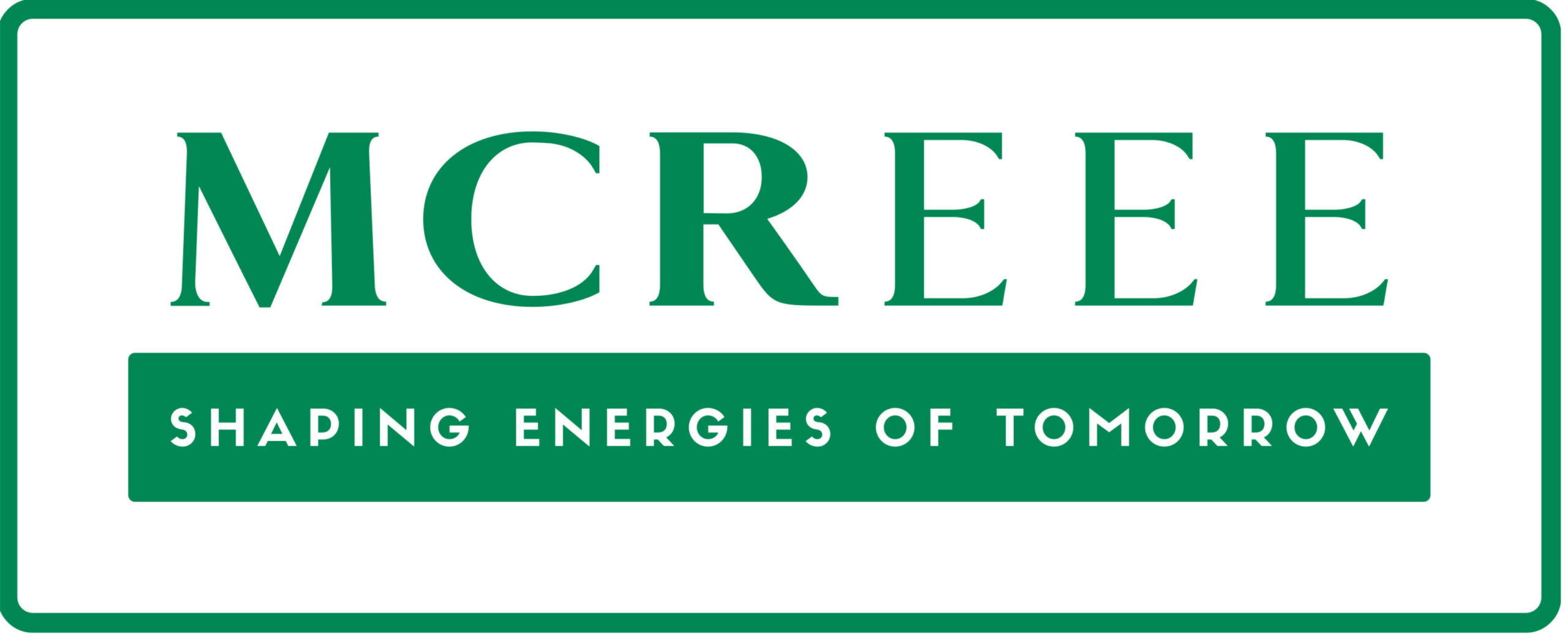US incentives could benefit Oman green projects
Image Source: Times of Oman
Countries like Oman can play a key role in the US plan to create a global energy transition platform backed by the multibillion-dollar Inflation Reduction Act (IRA).
“We are creating a global platform. We will help lower the cost by scaling up the production of electrolysers, batteries and electric vehicles… we will invest in minerals like lithium, and countries like Oman can play a key role,” said David Livingston, senior adviser to the US Special Presidential Envoy for Climate (SPEC).
The IRA is understood to offer up to $370bn in federal funding and tax incentives for projects such as battery energy storage, renewables, carbon, nuclear and hydrogen, among others.
Livingston addressed the Executive Energy Circle in Muscat, which coincided with the Green Hydrogen Summit Oman. He had been attending the Cop28 UN climate summit in Dubai, which closed on 13 December.
MEED understands that IRA incentives could be extended to projects whose end products are exported to the US.
Several conference delegates that MEED spoke to have confirmed their plans to explore the possibility of establishing manufacturing plants in Oman’s industrial free zones, importing raw materials from a third country and exporting the end product to the US, to take advantage of the IRA incentives.
“We want to help Oman realise its target to produce 1 million tonnes a year of green hydrogen by 2030… we will work well with Oman and the other important players in the market,” Livingston said.
The executive noted that the incentives available for energy transition projects go beyond the IRA and include facilitating and creating demand for low-carbon products.
He noted that the US has catalysed the First Movers Coalition, which involves 95 of the world’s largest hard-to-abate companies to date.
“These companies have committed to carbon-free products to account for a certain proportion of their overall production by 2030,” said Livingston. “We expect to catalyse $50bn in demand for clean hydrogen and 70 offtakers are ready to procure hydrogen from places like Oman.”
The US aims to reduce emissions by 50 per cent by 2030, achieve a carbon-free power sector by 2035 and decarbonise its transport sector. It plans to use green hydrogen as an alternative fuel in heavy transport, shipping and aviation.
Domestically, the US is also supporting the industrial cluster approach by co-locating heavy industries with hydrogen sources.
Livingston addressed the role of bipartisan politics in the country’s energy transition policy. “We are looking to move from hydrogen colorus to volumes. We are not too worried about who occupies the White House… because incentives know no parties. Green energy is politically attractive, no matter who is in office.”
Source: Meed

